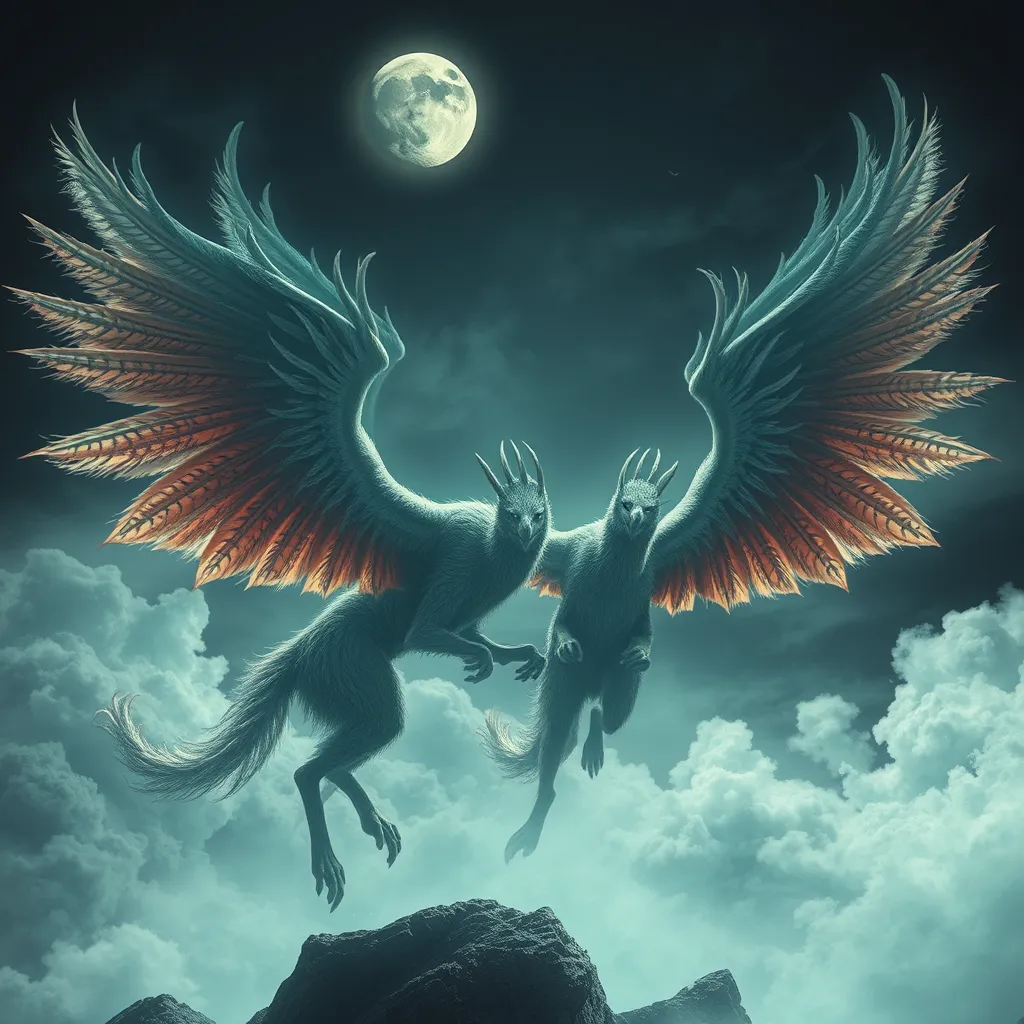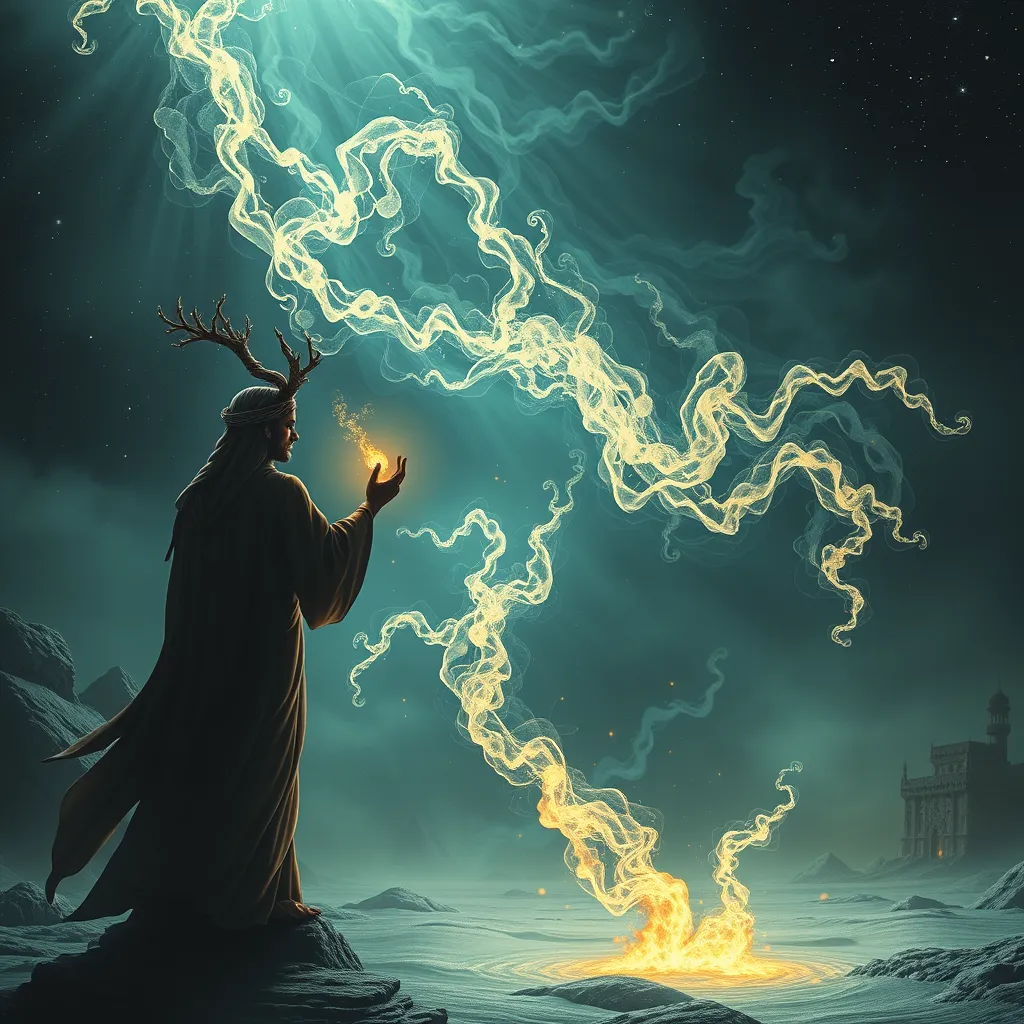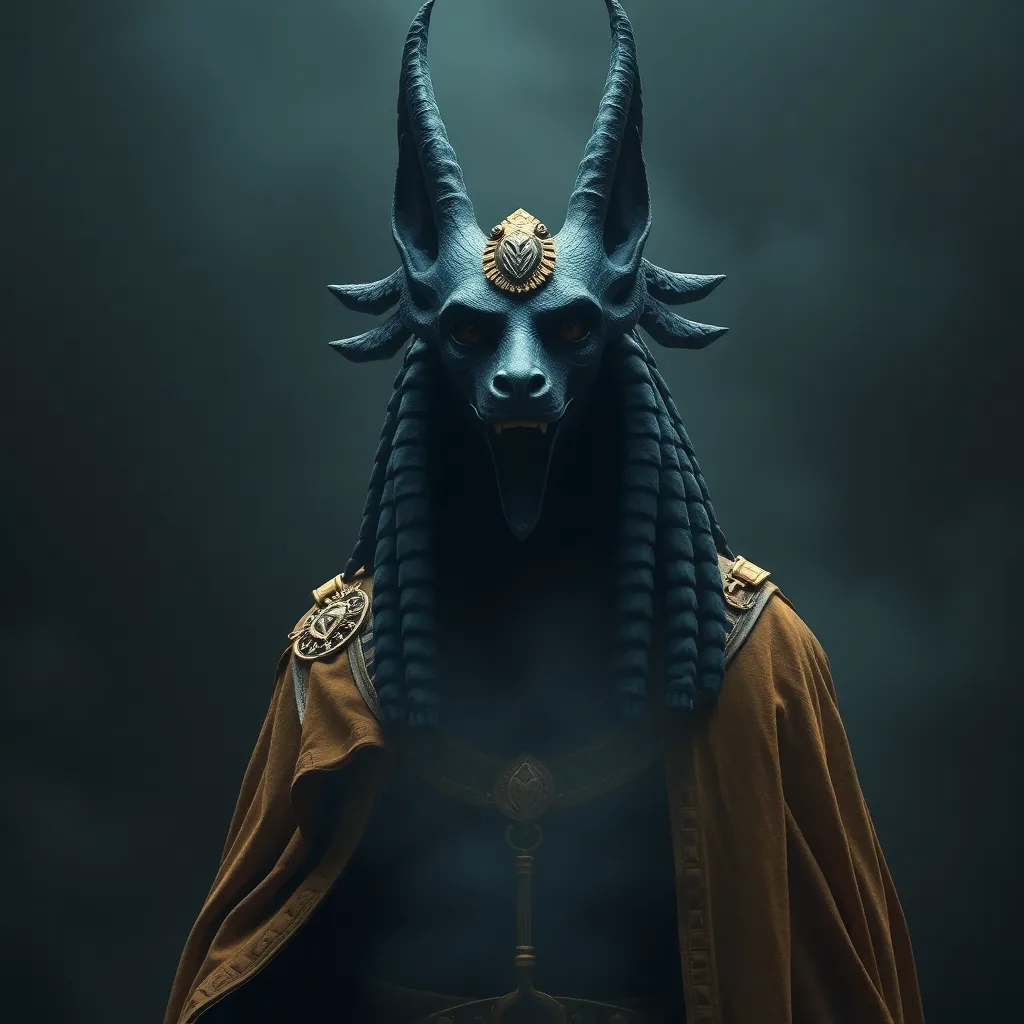The Harpies of the Winds: Mythological Monsters of Greek Literature
I. Introduction to Harpies
The Harpies, often depicted as winged spirits of storm winds, are a fascinating and multifaceted element of Greek mythology. They are typically characterized as female figures with bird-like features, embodying both beauty and terror. In Greek literature, Harpies are not merely monsters; they symbolize the unpredictable nature of the winds and the chaotic aspects of the human experience.
Significantly, the Harpies represent a duality in Greek mythology, serving both as agents of punishment and as reflections of the fears and emotions of humanity. Their roles in various myths highlight themes of vengeance, chaos, and the intersection of divine and mortal realms.
II. Origins of the Harpies
The origins of the Harpies can be traced back to ancient texts, particularly in the works of Homer and Hesiod. In Homer’s “Iliad,” the Harpies are mentioned as the “snatchers,” reflecting their role in stealing away individuals or items. Hesiod, in “Theogony,” elaborates on their lineage, presenting them as daughters of Thaumas and the Oceanid Electra.
Over time, the depiction of Harpies evolved from terrifying creatures to more complex symbols in literature. Initially seen as monstrous beings, later interpretations also highlight their roles as messengers and agents of the gods, connecting them to themes of divine intervention and human suffering.
Moreover, the Harpies share similarities with other mythological beings, such as the Furies and Sirens, indicating a broader archetype of female figures associated with both punishment and allure in mythology.
III. The Physical Description of Harpies
Commonly, Harpies are described as having the body of a bird and the face of a woman, which serves to symbolize their dual nature. This hybrid form embodies the chaotic elements of nature—both beautiful and frightening. Their wings represent the swift and often destructive force of the winds they command.
Variations in descriptions can be found across different sources. For instance, some texts portray them as hideous and fearsome, while others present a more seductive and enchanting image. This variability reflects the complexity of their symbolic meanings in different contexts.
Artistic representations of Harpies in ancient art often emphasize their bird-like features, showcasing them in flight or in pursuit of their victims. Vases, pottery, and sculpture frequently depict these creatures in dynamic poses, capturing their essence as swift and merciless beings.
IV. The Role of Harpies in Greek Myths
Harpies play significant roles in several key myths, particularly in the story of the Argonauts. In this tale, they torment the seer Phineas by stealing his food, embodying themes of punishment and divine retribution. The Argonauts, led by Jason, ultimately rescue Phineas from the Harpies, showcasing the interplay between human heroes and these mythological beings.
Interactions between Harpies and heroes often reflect the challenges faced by mortals when confronting divine forces. The Harpies, as agents of punishment, serve to remind heroes of their limitations and the capriciousness of fate.
The themes of punishment and retribution associated with Harpies also highlight the moral complexities in Greek mythology. Their actions often invite reflection on justice, suffering, and the consequences of human actions.
V. Harpies as Symbols
Harpies are often associated with wind and storm, representing the chaotic and unpredictable nature of these forces. They symbolize the fear and chaos that accompany storms, both literally and metaphorically. In literature, they evoke a sense of dread and foreboding, often serving as harbingers of misfortune.
Additionally, the symbolism of Harpies extends to the realm of human emotions. They can be seen as embodiments of anger, vengeance, and despair, reflecting the darker aspects of the human psyche. Their chaotic nature resonates with the tumultuous feelings that individuals experience in times of distress.
VI. The Cultural Impact of Harpies
The influence of Harpies extends beyond ancient Greece, impacting later literature and art. They have inspired numerous adaptations, from classical texts to contemporary interpretations. Their dual nature has made them appealing characters in various narratives, often embodying the struggle between chaos and order.
In modern adaptations, Harpies are frequently reimagined. They appear in films, books, and games, where their roles may vary dramatically from terrifying monsters to complex anti-heroes. This evolution reflects changing societal attitudes towards femininity, power, and monstrosity.
Moreover, comparisons can be drawn between Harpies and similar mythological creatures in other cultures, such as the Slavic Rusalka or the Egyptian goddess Sekhmet. These parallels highlight a shared human fascination with the duality of beauty and terror.
VII. Harpies in Contemporary Context
In recent years, there has been a resurgence of interest in mythological figures, including Harpies. This renewed focus often encompasses feminist readings that challenge traditional representations of women in mythology. Harpies, once seen solely as agents of chaos, are now explored as symbols of empowerment and resistance.
In popular media, Harpies have found their way into various forms of entertainment. Films and series often reinterpret their stories, presenting them as complex characters rather than mere antagonists. Video games and literature also delve into their lore, providing fresh perspectives on these mythological beings.
These reinterpretations open up discussions about the role of women in mythology and the ways in which these narratives can be reshaped to reflect contemporary values and concerns.
VIII. Conclusion
In summary, the Harpies hold a significant place in Greek literature, embodying themes of chaos, punishment, and the duality of human emotions. Their origins and evolution reflect the complexities of mythological storytelling, while their artistic representations convey a rich symbolism that continues to resonate today.
The enduring legacy of Harpies in mythology and culture invites reflection on their relevance in contemporary society. As we continue to explore their stories, we uncover deeper meanings that challenge traditional narratives and inspire new interpretations.
Ultimately, the Harpies remind us of the intricacies of human experience, embodying both the beauty and terror that life presents. Their stories, woven into the fabric of mythology, continue to inspire and provoke thought, ensuring their place in our collective consciousness.



